The Types of Angles in Photography: An Essential Guide

Knowing the types of angles in photography is important to convey a message or a specific essence.
In photography, the types of photographic angles play a crucial role in the composition and the final result of your images. The acute angle, for example, can give a sense of power or superiority, while the contrapposto angle can make the subject look small or vulnerable.
To illustrate each type of angle, it is helpful to have visual examples that clearly show how they influence the perception of the image. By mastering the use of angle types in photography, you can achieve a more professional result and convey reality effectively through your images.
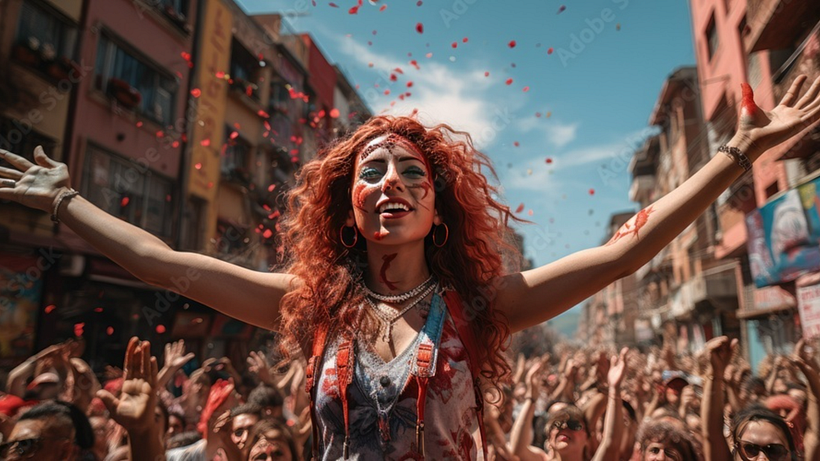
The types of angles in photography
Photography is an art that uses a variety of techniques and elements to capture reality in a unique way. One of them is the angle, which can give an image different perspectives and depth.
1. Normal
The normal angle in photography is key to achieving natural shots and conveying stability and tranquillity. To use this angle, it is important to place the camera lens at the same level as the subject to be photographed. In this way, distortion of the image is avoided and a more realistic perspective is achieved.
This type of angle is ideal for portraits, as it allows you to highlight facial expressions in a natural way. It is also perfect for photographs of children, as it captures their innocence and spontaneity in an authentic way.
By using the normal angle, more true-to-life results can be achieved, bringing out the beauty and personality of each subject.
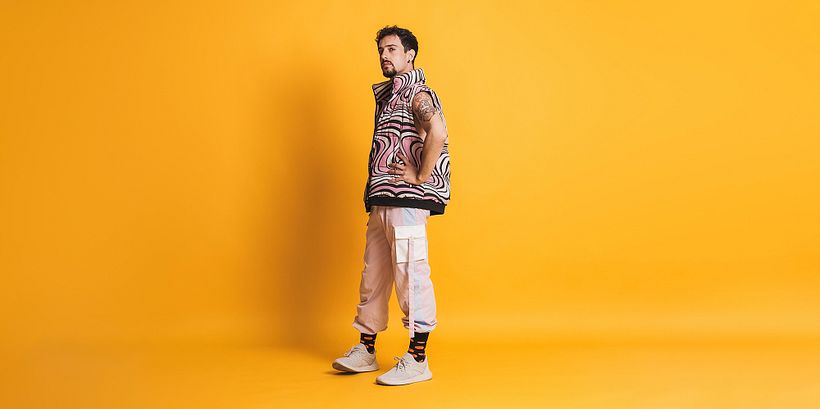
2. Overhead Shot
The overhead angle is a photographic technique that involves positioning the camera above the subject, conveying a sense of inferiority or weakness. This higher-angle approach can also be used to decrease the visual weight of objects in the image, creating an interesting effect. It's important to experiment with different angles to vary the meaning of the shot.
By changing the camera angle, different aspects of the scene can be highlighted, conveying various emotions. In the case of the overhead shot, you can play with the perception of height and size, creating striking and original compositions.
Using this angle can give your photographs a unique and creative touch, providing a fresh perspective to your compositions. Experimenting with different angles is essential to enrich your photographic work and convey more powerful messages through your images.
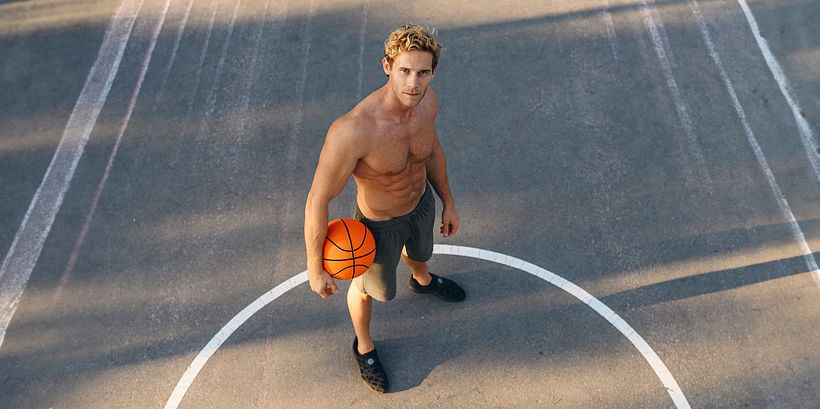
3. Low Angle Shot
The low angle shot is achieved by placing the camera in a position lower than the object to be photographed. This results in a perspective that gives greater importance and superiority to the subject, as it is viewed from below. It is a useful technique for buildings as it highlights their magnitude and grandeur. Additionally, it can be used to show superiority to subjects perceived as inferior in reality, such as children looking at adults.
The low angle shot is a powerful tool for conveying different sensations and emotions through photography. Its proper use can significantly impact the visual perception of the image, adding depth and drama. With the right composition and framing, the low angle shot can enhance the importance and superiority of the captured object, turning it into a central and dominant element in the final image.

4. Zenith Shot
The zenith angle consists of focusing the image from above, with the camera pointing downwards. This perspective offers the opportunity to capture vast expanses, such as landscapes or urban scenes, in a striking and unique way. Additionally, it allows for highlighting small objects and details that would otherwise go unnoticed.
In product photography, the zenith shot is useful for emphasizing the shape and design of objects, as well as showing their size in relation to the environment. In portraits, it can add a creative and original touch, especially when seeking unusual compositions or different perspectives.
An example of using the zenith angle is in architectural photography, where it allows capturing buildings from a unique vision, highlighting their grandeur and details. In nature photography, it can be used to capture vast landscapes and emphasize the texture and shape of elements such as leaves or flowers.
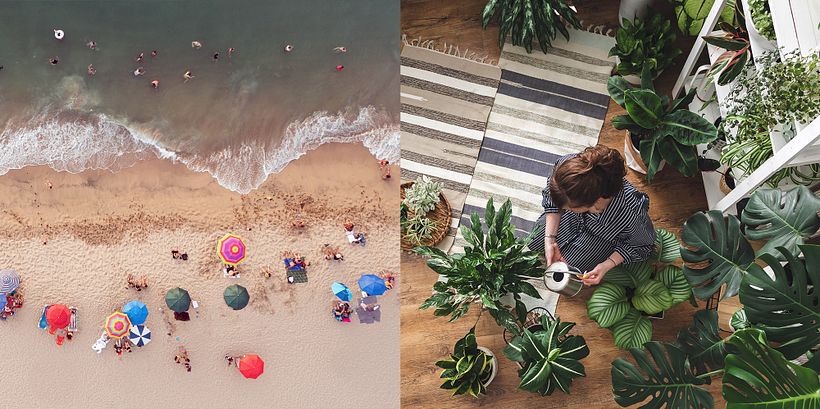
5. Nadir
The nadir angle is used when taking photographs from a viewpoint coming directly from below, i.e. the opposite of a zenithal angle. This angle can produce interesting visual effects, as it shows a unique perspective and can convey a sense of grandeur.
Some famous films and series such as Matilda or Breaking Bad have used the Nadir angle to give scenes a very realistic feel. In photography, this angle can be used to capture tall buildings, bridges or huge landscapes, highlighting their grandeur.
To get the best out of the nadir angle, it is recommended to use it in open spaces and wide open spaces, as it allows a large number of elements to be included in the image. It is also useful for showing symmetrical patterns on the ground.
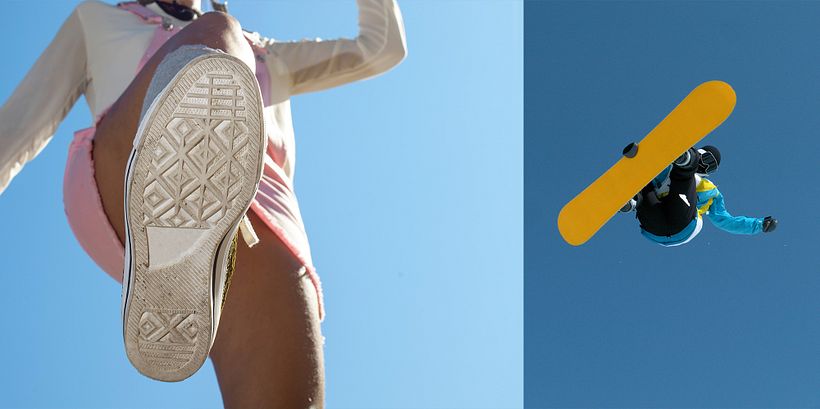
If you like photography, you can learn more with our photography and video courses:
- Professional Lighting for Studio Photography
- Introduction to Mobile Filmmaking
- Travel Photography with Mobile Phone for Beginners





0 comments